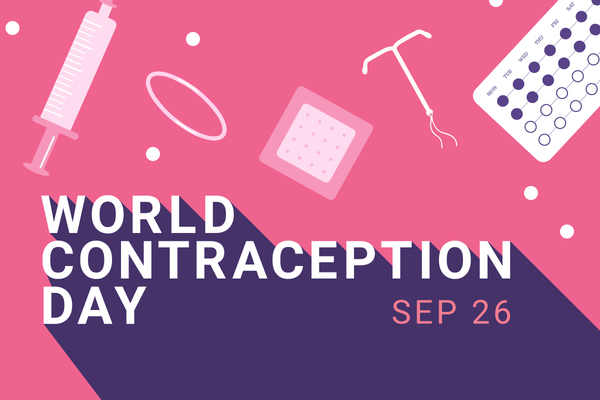So you're done having children and your partner feels the same way. Now what? Know your options for permanent birth control.
Permanent contraception is the most common type of contraception overall, and it is a particularly common choice for women age 35 and older. Female sterilization closes a woman's fallopian tubes by blocking, tying or cutting them so an egg cannot travel to the uterus. There are two primary forms of female sterilization: a fairly new nonsurgical implant system (sold under the brand name Essure), and the traditional tubal ligation procedure (done via laparoscopy or minilaparotomy), often called "getting your tubes tied."
- Nonsurgical permanent birth control
Sometimes called fallopian tube occlusion, the nonsurgical permanent contraception procedure can be performed in your doctor's office with local anesthesia. With the Essure system, your health care provider uses a special instrument called a hysteroscope to place tiny spring-like coils called micro inserts through your vagina and cervix into the opening of your fallopian tubes in your uterus. There is no incision. Within three months, the inserts cause your body to form a tissue barrier that prevents sperm from reaching the egg. During this three-month period, you need to use another form of birth control.
After three months, you have to return to your health care provider's office for a special x-ray to make sure your tubes are completely blocked. In clinical studies, most women reported little to no pain and were able to return to their normal activities in a day or two. However, in 2016, the FDA ordered changes in the package labeling for Essure to include a boxed warning and a "patient checklist," both designed to ensure that women understand the risks and benefits of the device. The FDA is also requiring the manufacturer of Essure to conduct a clinical study to determine risks of Essure for particular women. Be sure and talk with your health care provider about any potential risks and benefits to you.
- Tubal ligation
With this type of sterilization procedure, your fallopian tubes are blocked with a ring or burned or clipped shut. This procedure is typically performed under general anesthesia in a hospital. It can be done via a laparoscopy or a minilaparotomy.- Laparoscopy: The surgeon makes a small incision through the abdomen and inserts a special instrument called a laparoscope to view the pelvic region and tubes. He or she then closes the tubes using clips, tubal rings or electrocoagulation (using an electric current to cauterize and destroy a portion of the tube). The patient can usually go home the same day and resume intercourse as soon as it's comfortable. Risks include pain, bleeding, infection and other postsurgical complications, as well as an ectopic, or tubal, pregnancy.
- Minilaparotomy. During a minilaparotomy, the surgeon makes a small incision (about two inches long) and ties and cuts the tubes without the use of a viewing instrument. In general, minilaparotomy is a good choice for women who undergo sterilization right after childbirth. Patients usually need a few days to recover and can resume intercourse after consulting with their doctors.
- Vasectomy
Male sterilization is called a vasectomy. This procedure is performed in the doctor's office. The scrotum is numbed with an anesthetic, so the doctor can make a small incision to access the vas deferens, the tubes through which sperm travels from the testicle to the penis. The doctor then seals, ties or cuts the vas deferens. Following a vasectomy, a man continues to ejaculate, but the fluid does not contain sperm. Temporary swelling and pain are common side effects of surgery. A newer approach to this procedure can reduce swelling and bleeding.
Benefits and risks
Sterilization is a highly effective way to permanently prevent pregnancy—it's considered more than 99 percent effective, meaning less than one woman in 100 will get pregnant after having a sterilization procedure. Surgery for female sterilization is more complex and carries greater risk than surgery to sterilize men, and recovery takes longer. Reversing sterilization in men and women is extremely difficult, however, and often unsuccessful. There is a small possibility of getting pregnant after sterilization; some evidence suggests that women who are younger when they are sterilized have a higher risk of getting pregnant.
Couples who are not sure about sterilization but want to postpone having children for at least five to 10 years should first consider using long-acting contraceptive methods such as IUDs or hormonal shots or implants before choosing sterilization.







